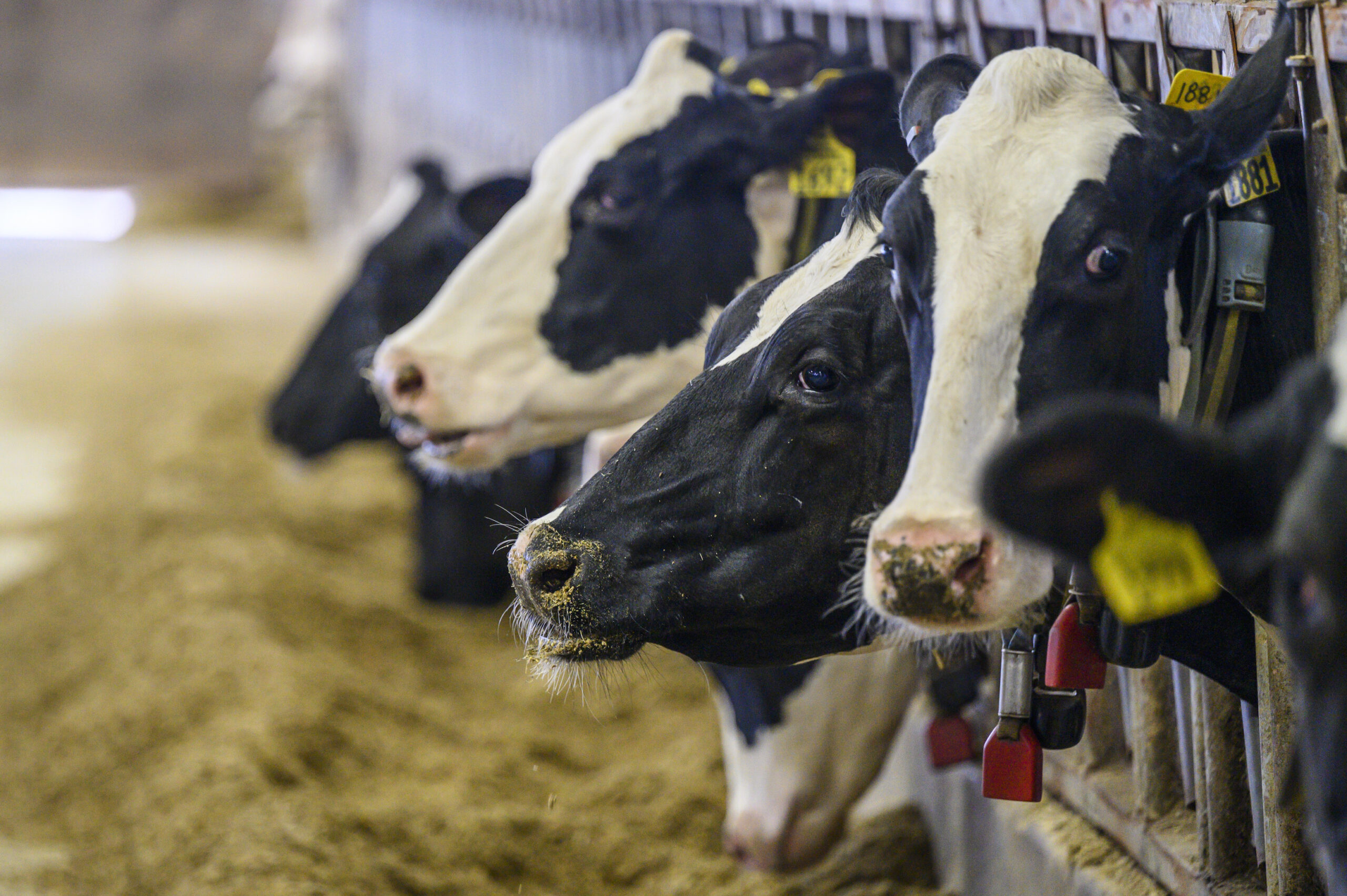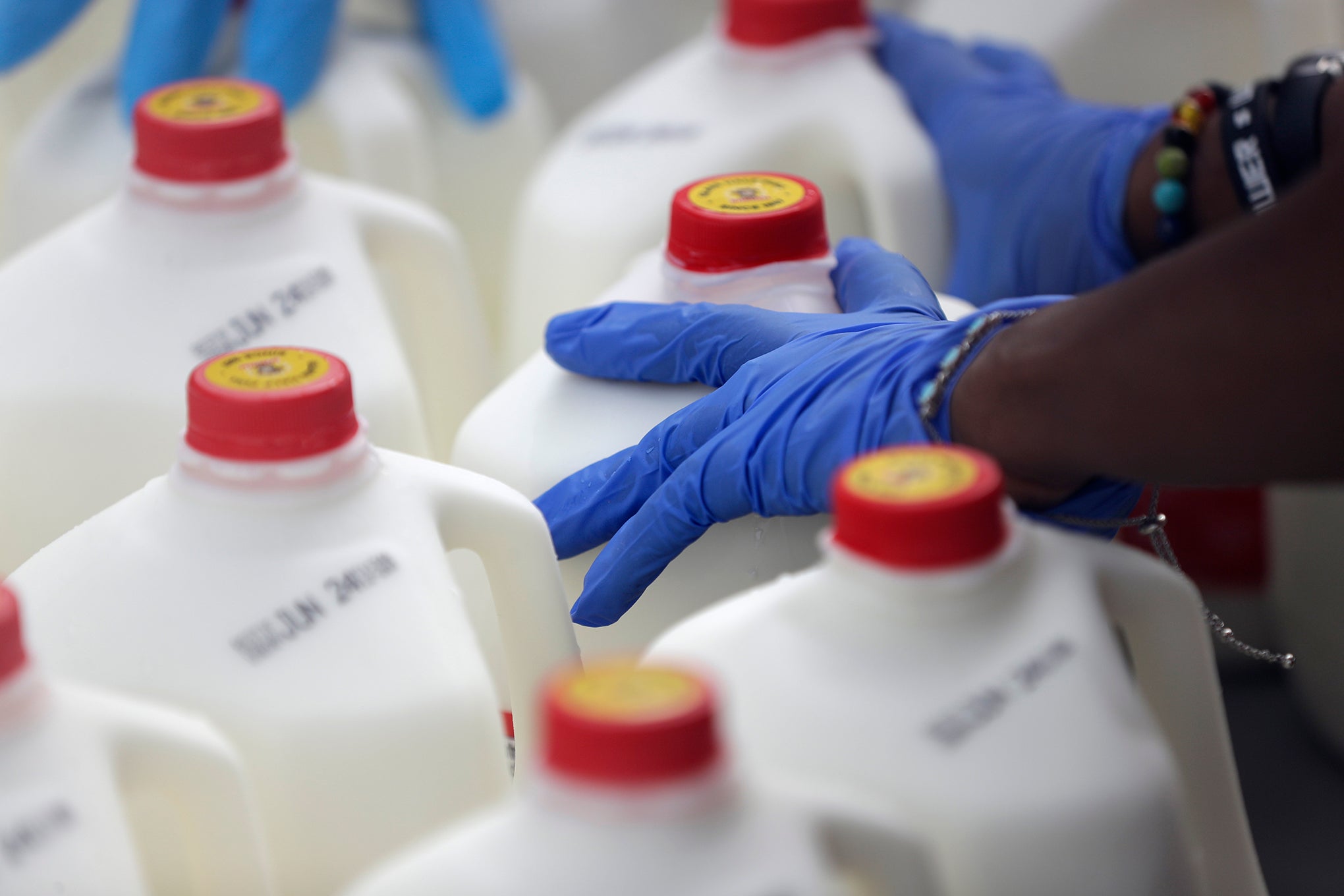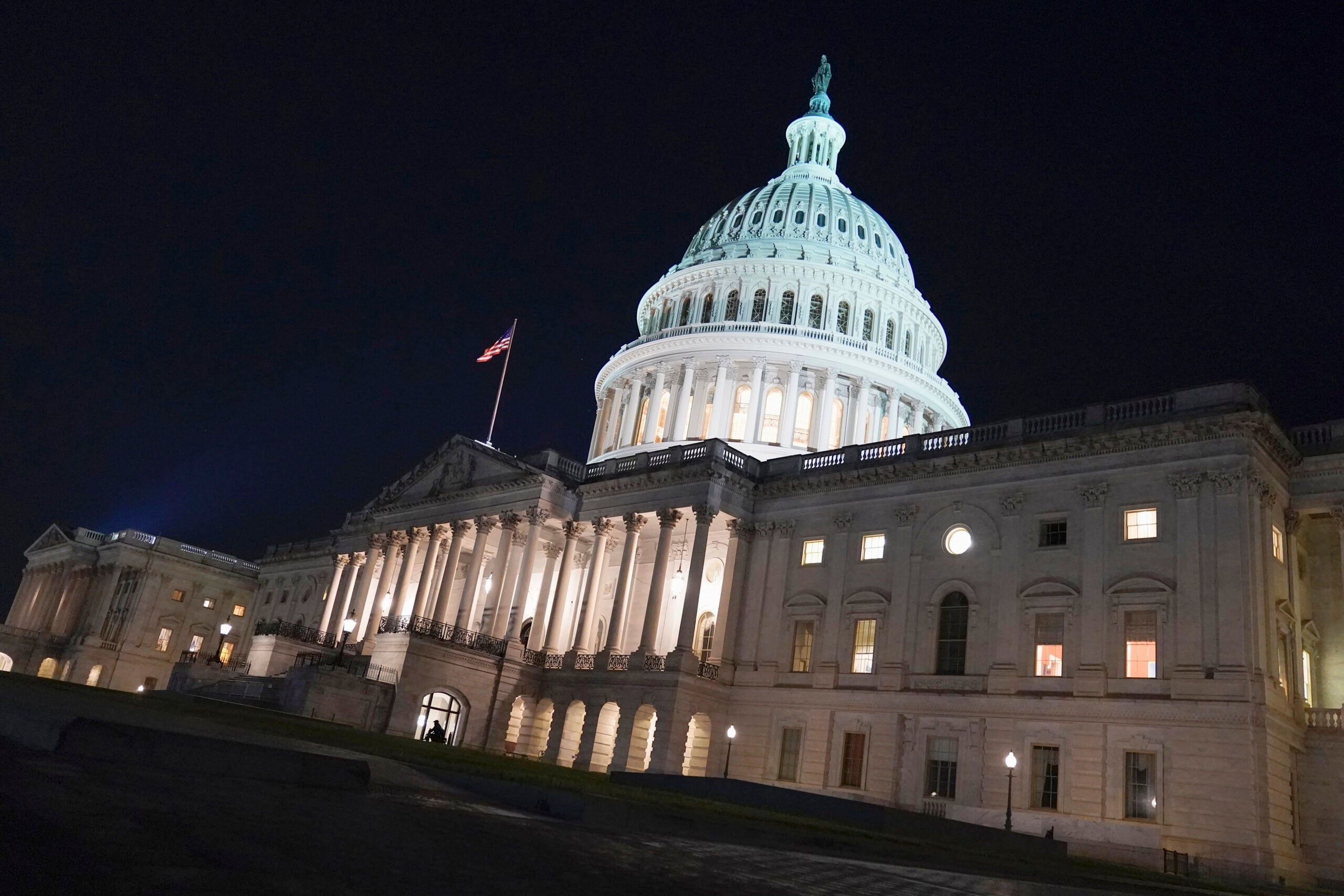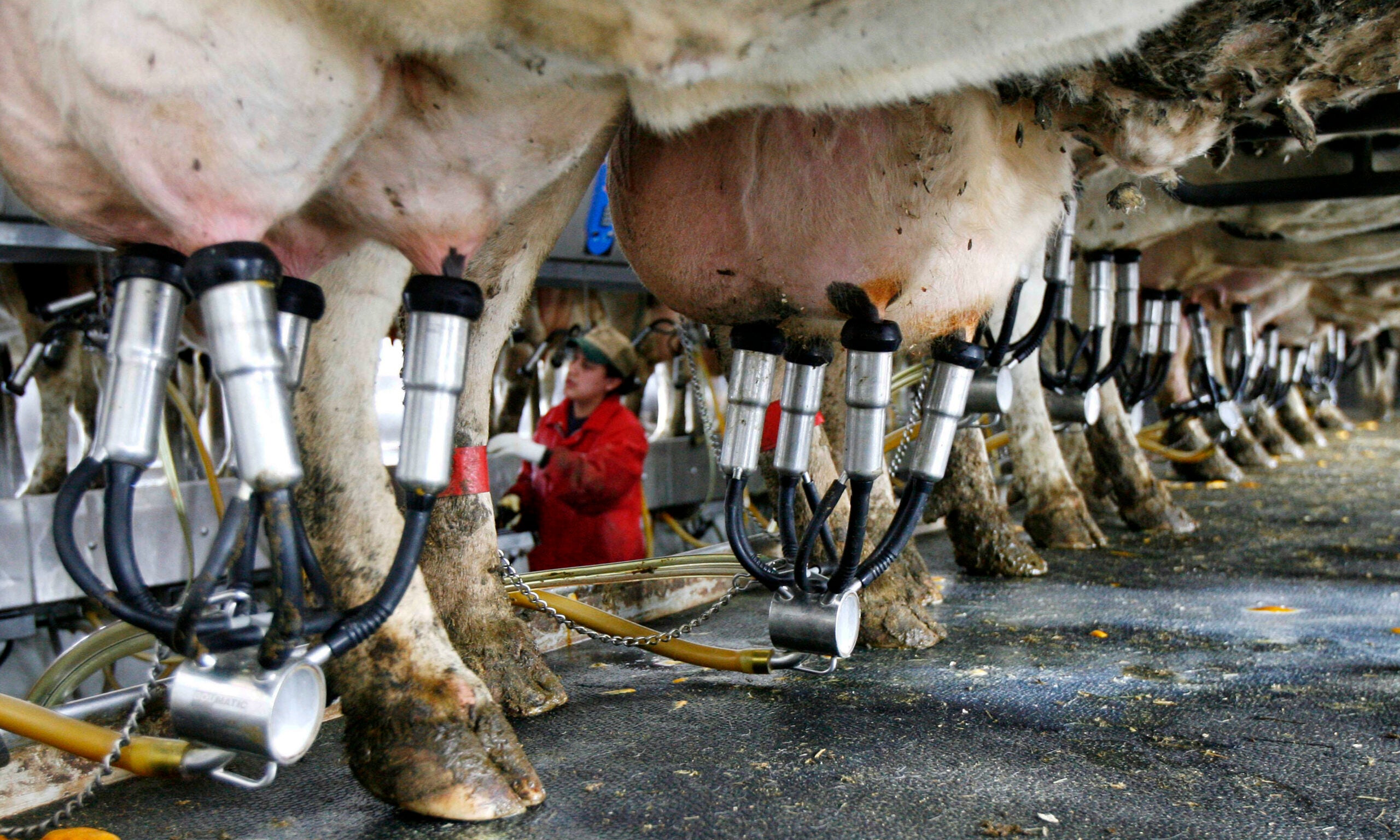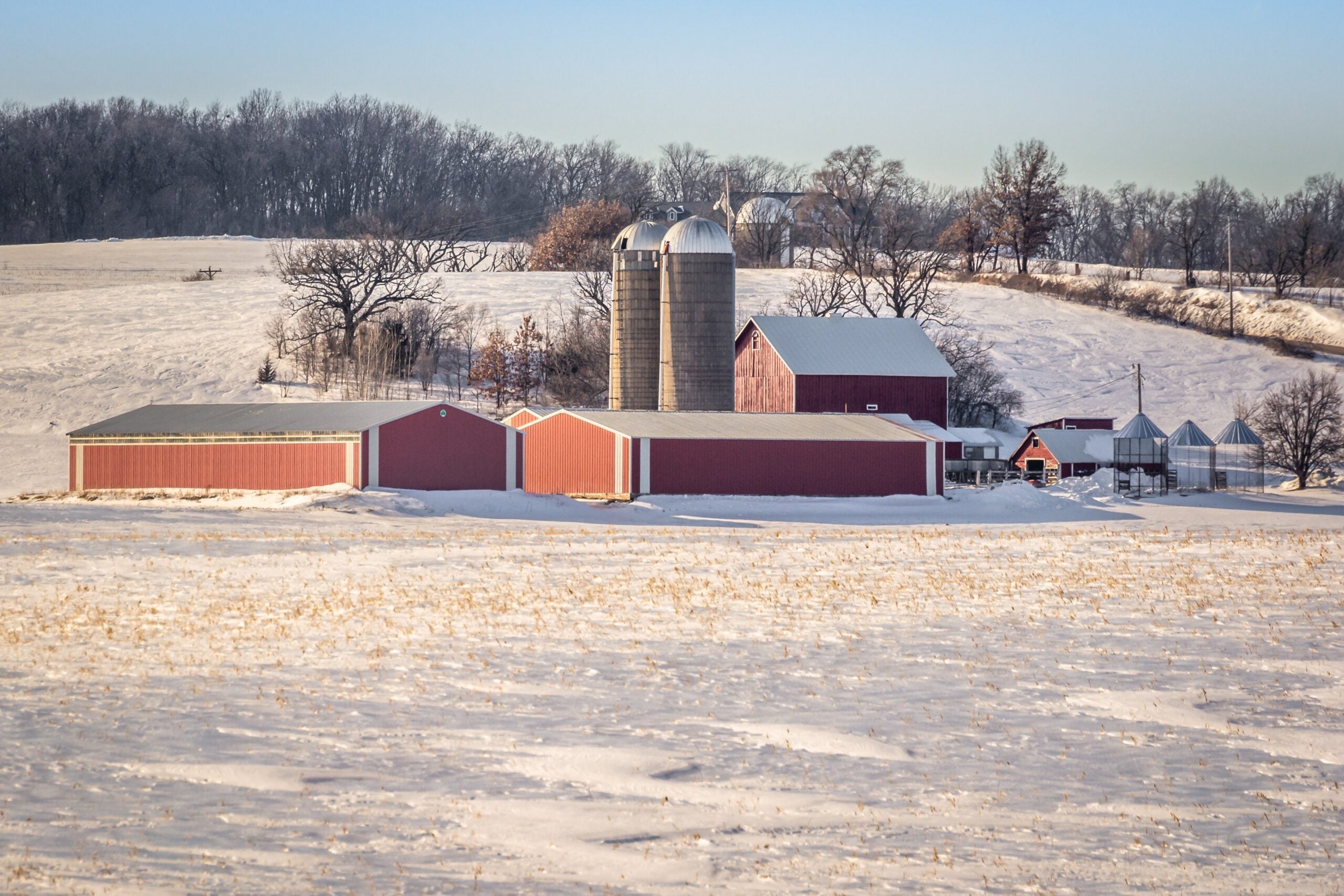Wisconsin farmer groups say they’re concerned about proposed changes to the national system for pricing milk.
The U.S. Department of Agriculture released a proposal in July for updating the pricing formulas used by federal milk marketing orders.
The 11 marketing orders, which are divided by region and represent about 75 percent of total U.S. milk production, set a minimum price paid to farmers based on how their milk will be used.
Stay informed on the latest news
Sign up for WPR’s email newsletter.
The complicated system was created in the 1930s to protect prices for farmers and establish a more orderly system for selling the highly perishable product. But market disruptions during the COVID-19 pandemic caused farmers to lose money under the current rules, prompting a unified call from the dairy industry to begin the process of updating the system.
The USDA is taking public comment on their draft of the new pricing rules through this Friday.
Tyler Wenzlaff, Wisconsin Farm Bureau’s director of national affairs, said one of the USDA’s proposals would correct the problem that hurt farmer’s milk checks in 2020 and 2021.
But he said the federal agency has also proposed increasing a premium paid by farmers to dairy processors, called make allowances, which are supposed to help cover the cost of turning milk into cheese, butter and other products.
“The math doesn’t work out,” Wenzlaff said. “For the 50 cents that the farmer gets from the change, 70 cents goes to the processor. So it’s a net loss.”
He said Wisconsin dairy farmers, who primarily sell their milk under the prices for cheese and butter, are better off staying under the current rules than they would under the USDA’s proposal.
After years of advocating for a better system for farmers, Wenzlaff said the end result is “beyond frustrating” and will only lead to more Wisconsin farms leaving the dairy industry or closing for good. Wisconsin has lost more than 2,000 dairy farms, or 28 percent of all registered herds, in the last five years.
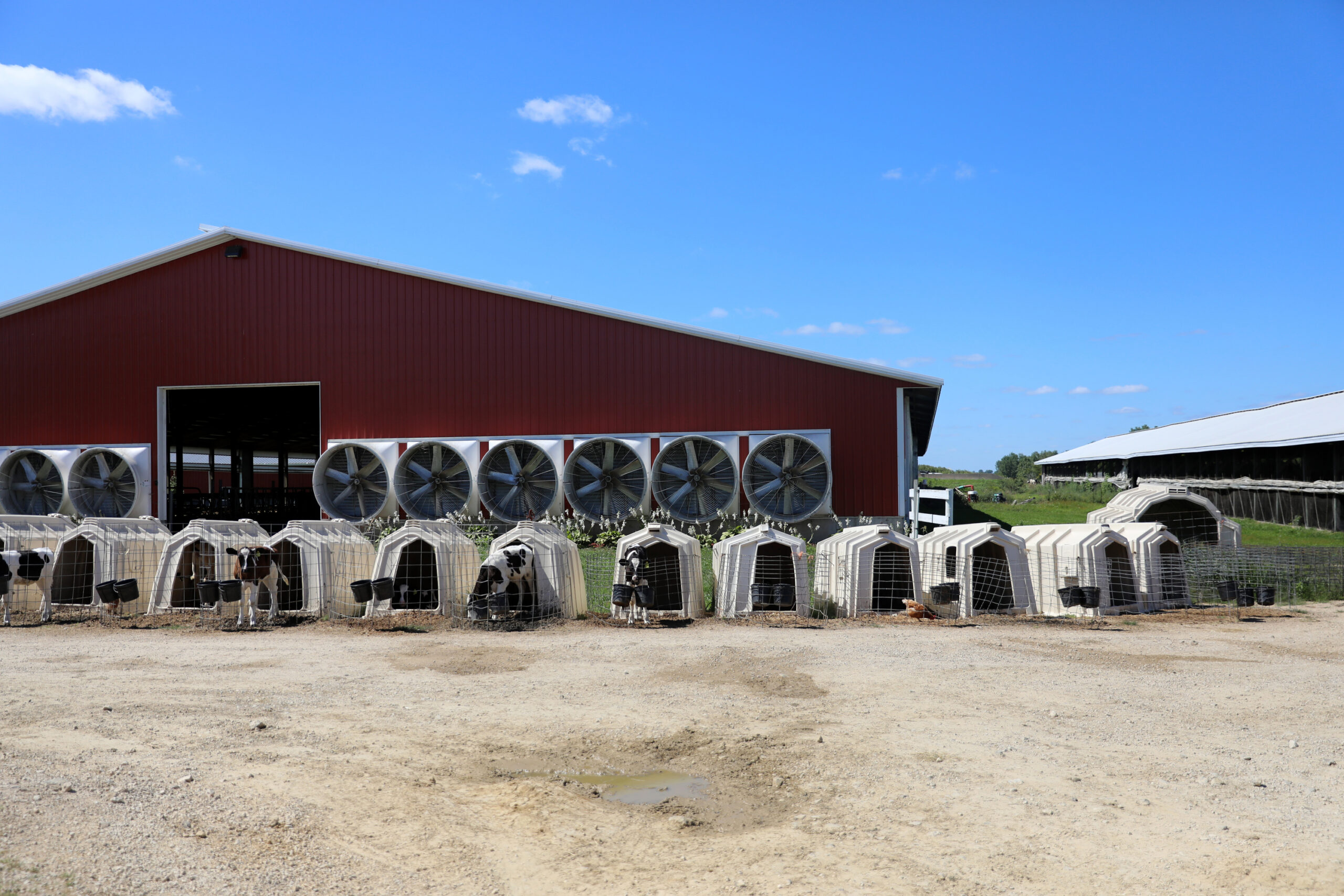
Darin Von Ruden, president of the Wisconsin Farmers Union, said his organization is also disappointed by the proposed updates. He said he sees it as a missed opportunity to create more fairness in the way milk is priced.
“Processors are getting a make allowance that guarantees most of them will be making a profit,” said Von Ruden, who is a third-generation dairy farmer. “Meanwhile, farmers are just going to continue to receive less of that consumer dollar because of the increased costs that the processors will be receiving.”
Von Ruden said his organization had hoped to see federal officials consider more dramatic changes to how milk is priced, either through revisions to the federal milk marketing orders or through a new farm bill, which has been delayed by nearly a year.
“So far, we have struck out on every front, which is frustrating,” he said.
While the proposal could change after the public comment period closes this week, Wenzlaff said it’s unlikely the USDA will drastically alter the new rules. The proposal will then be voted on by the farmer cooperatives in each milk marketing order region. But Wenzlaff said voting “no” to the new pricing formulas would mean Wisconsin farmers would no longer be covered by the federal system.
“If you don’t have an order, you lose some of the protections that come with that,” he said. “You lose a guarantee that you will be paid every two weeks. You lose a guarantee that you’ll be paid on time. So it’s important for farmers to get activated and comment on this, but understand what happens if there is a ‘no’ vote.”
Wenzlaff said the Wisconsin Farm Bureau is working with experts at the University of Wisconsin-Madison to plan a series of informational meetings in the coming months so farmers better understand their options ahead of a likely vote in December.
Wisconsin Public Radio, © Copyright 2025, Board of Regents of the University of Wisconsin System and Wisconsin Educational Communications Board.
